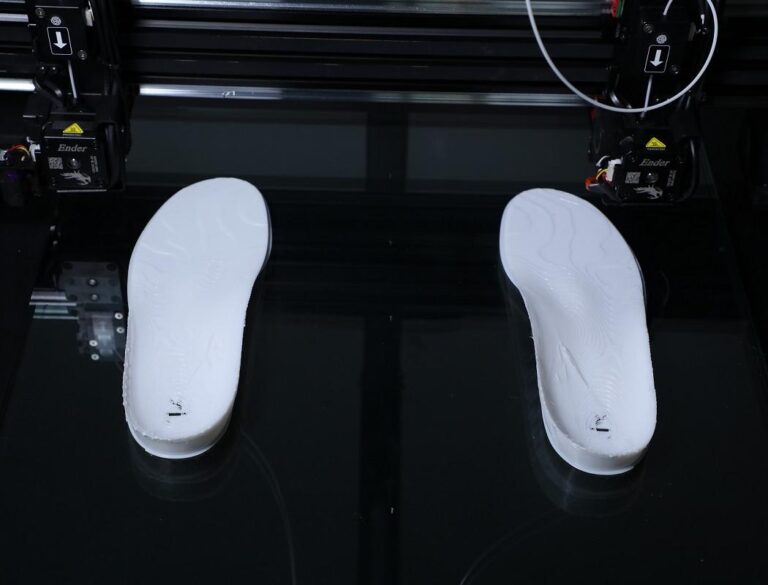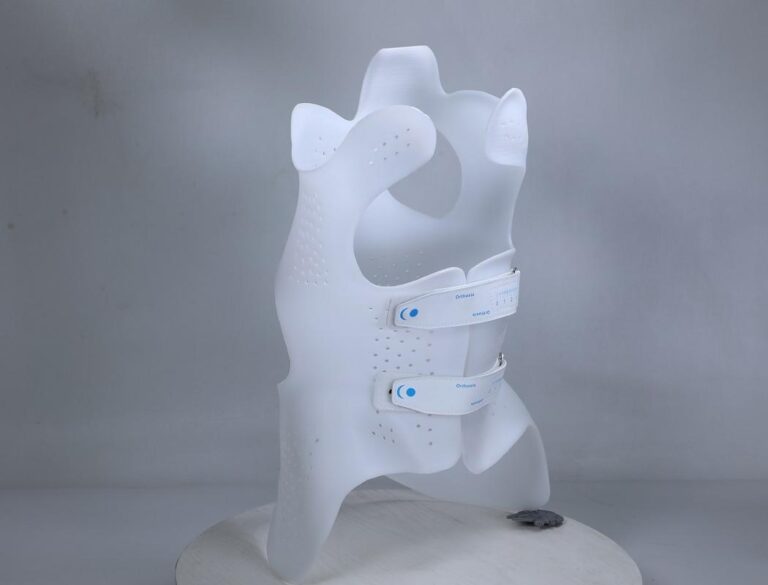Resin 3D printing has revolutionized industries from dentistry to jewelry-making, with two of the most popular methods being DLP (Digital Light Processing) and LCD (Liquid Crystal Display) 3D printing. Both techniques produce high-quality, detailed prints using light to cure resin, but they differ in how they project light, the speed of curing, and overall print quality. In this blog, we’ll explore the differences between DLP and LCD resin 3D printers, helping you understand which might be the best choice for your 3D printing needs.
What is DLP 3D Printing?
DLP (Digital Light Processing) 3D printing is a technology that uses a digital projector to flash an image of an entire layer onto a vat of liquid resin. The projector shines light through a digital screen, which selectively cures specific areas of the resin, hardening it layer by layer until the object is fully printed.
In DLP printing, the light source, often a powerful LED or UV projector, shines through a digital micromirror device (DMD) that reflects light into a pattern of pixels. This pattern hardens the resin in one entire layer at a time, allowing for faster printing compared to other methods like stereolithography (SLA), which cures resin point by point.
What is LCD 3D Printing?
LCD (Liquid Crystal Display) 3D printing, also known as MSLA (Masked Stereolithography), is a type of resin printing that uses an LCD screen to mask a light source and project it onto the resin. In this process, an array of LEDs shines light through an LCD panel, which selectively blocks or lets the light pass through, curing the resin in the exposed areas.
LCD printers often use a matrix of UV LEDs to ensure even light distribution across the build plate. The LCD panel acts as a mask, revealing the image of each layer that needs to be cured. While LCD 3D printers operate similarly to DLP printers, the primary difference lies in the way the light is projected and how the curing process is managed.
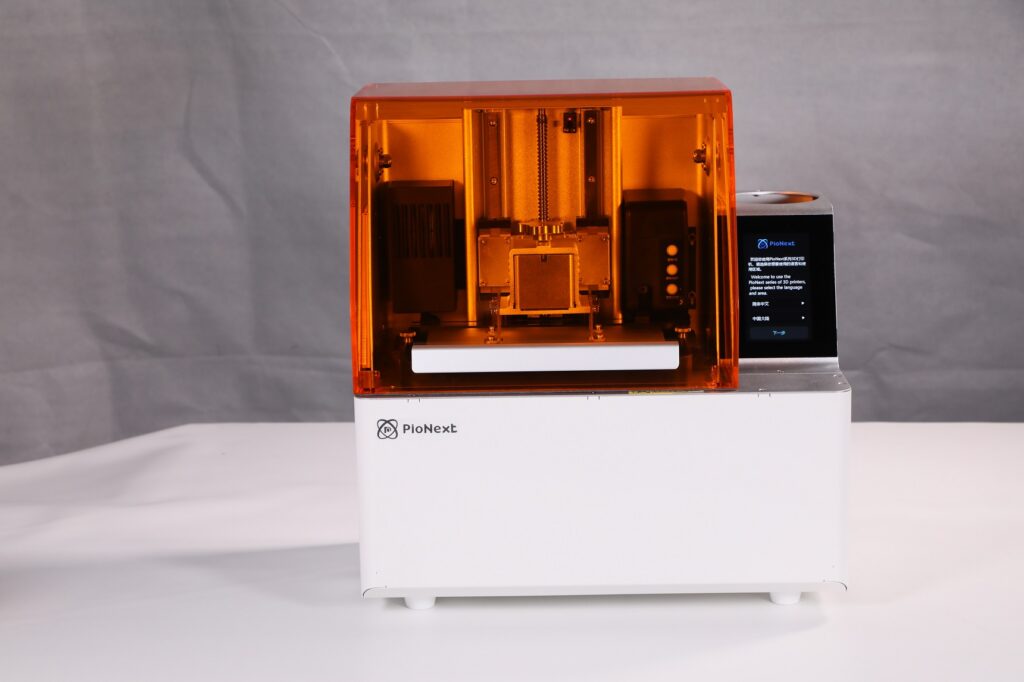
DLP vs LCD Resin 3D Printer: 6 Key Differences
Now that we understand the basics of DLP and LCD resin 3D printing, let’s dive into the six key differences that set these technologies apart.
1. Light Projection
DLP:
In DLP printing, the light source projects through a digital micromirror device, reflecting light across the entire layer at once. The projector emits light in the form of pixels, and the resolution is determined by the projector’s pixel size. DLP printers project light in an even and consistent manner, ensuring that each layer is cured with great precision.
LCD:
LCD 3D printers use a matrix of UV LEDs as the light source. The light passes through an LCD screen, which masks certain areas to create the desired shape for each layer. While the overall mechanism is similar to DLP, the light is dispersed through individual pixels on the LCD screen, which can sometimes lead to inconsistencies in light distribution if not properly calibrated.
Key Difference:
DLP projects light in a more uniform manner, while LCD printers rely on individual pixels, which can sometimes create variances in how the light is projected
2. Curing Process
DLP:
DLP printers use a high-intensity projector to cure entire layers of resin simultaneously, making the curing process faster. Since the entire layer is flashed at once, this reduces the time needed to complete each layer, especially when printing large objects.
LCD:
In LCD 3D printing, the UV light shines through the liquid crystal display, which blocks certain areas to control the curing process. This method also cures an entire layer at once, but the curing can sometimes take longer compared to DLP due to lower light intensity and the nature of the LCD screen.
Key Difference:
While both technologies cure entire layers simultaneously, DLP tends to have faster curing times due to its more focused and intense light projection.
3. Resolution
DLP:
The resolution of a DLP printer is determined by the pixel size of the projector. DLP printers generally have a fixed pixel size, which means that the smaller the build area, the higher the resolution. As the build area increases, the pixels are stretched, which can lead to a reduction in resolution.
LCD:
LCD printers achieve resolution based on the number of pixels on the LCD screen. Higher pixel density means better resolution. Since the LCD screens have fixed pixel sizes, the resolution remains consistent across the entire build area, making LCD printers more reliable for producing high-resolution prints, especially for smaller objects.
Key Difference:
DLP resolution can vary based on the build area, while LCD printers typically maintain consistent resolution regardless of the build size.
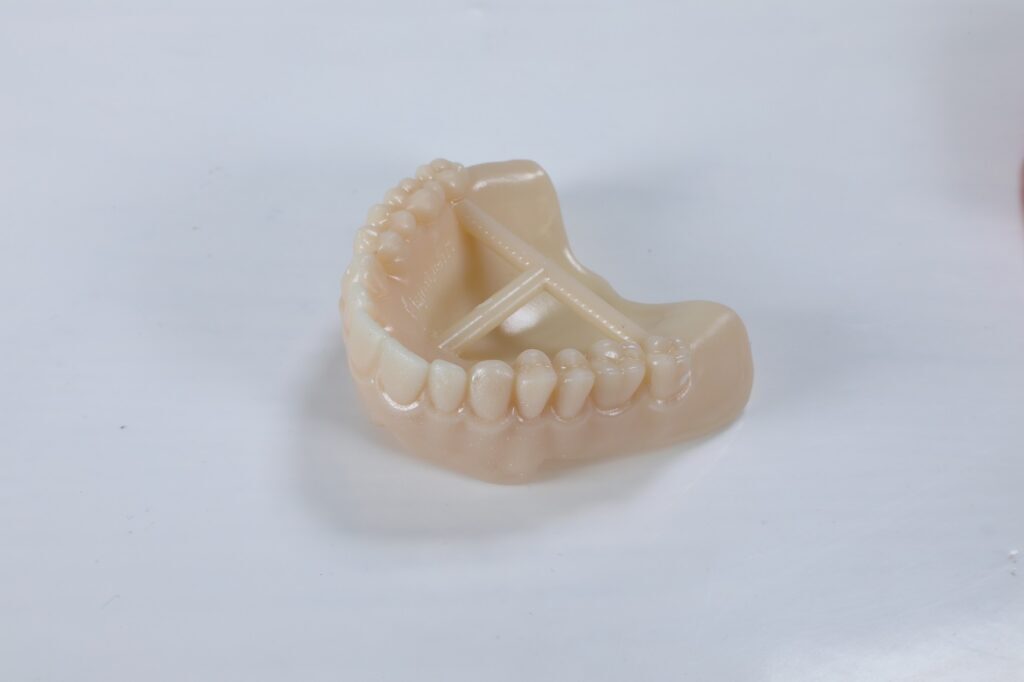
4. Print Quality
DLP:
DLP 3D printers are known for their ability to produce extremely detailed prints with smooth surfaces. However, the resolution tends to decrease with larger build areas, meaning small objects have better quality than large objects.
LCD:
LCD printers also produce high-quality prints, especially with newer models that have high pixel densities. However, since the LCD method relies on the backlighting of individual pixels, there can be slight pixelation visible on curved surfaces if the resolution is not high enough.
Key Difference:
Both DLP and LCD printers offer excellent print quality, but DLP printers are often better suited for fine, small-scale details, whereas LCD printers provide more consistent quality over larger areas.
5. Speed and Throughput
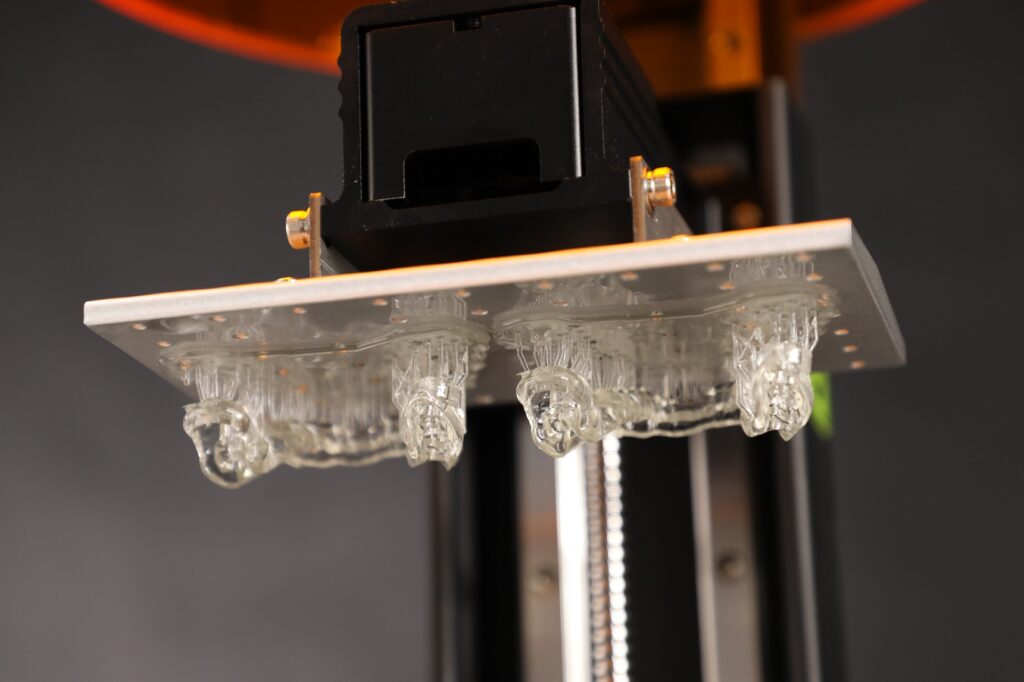
DLP:
DLP printers can be faster because they cure entire layers at once, and the light intensity from the projector is typically higher than that of an LCD printer. This makes DLP printers ideal for high-speed production environments where fast throughput is essential.
LCD:
LCD printers also cure entire layers simultaneously, but they may take slightly longer to cure each layer due to the lower light intensity compared to DLP. However, advancements in LCD technology have significantly improved speed, and high-end LCD printers can rival DLP in terms of throughput.
Key Difference:
DLP printers are generally faster, particularly for large prints, but modern LCD printers have improved to a point where speed differences are minimal.
6. Cost
DLP:
DLP 3D printers are generally more expensive due to the use of high-quality projectors and more complex optical systems. Maintenance and replacement parts, such as the DMD chips, can also add to the overall cost of operating a DLP printer.
LCD:
LCD 3D printers are typically more affordable, both in terms of initial investment and maintenance. The technology is simpler, and LCD screens are cheaper to replace than DLP projectors. This makes LCD printers an attractive option for hobbyists, small businesses, and budget-conscious users.
Key Difference:
DLP printers are more expensive, offering high performance at a higher cost, while LCD printers provide a more budget-friendly option with slightly lower performance.
Conclusion
When comparing DLP and LCD resin 3D printers, both technologies offer excellent options for producing high-quality, detailed prints. DLP printers are known for their speed, uniform light projection, and ability to handle fine details, making them ideal for professional applications requiring fast throughput and high precision. On the other hand, LCD printers offer a more cost-effective solution with consistent resolution across the build area, making them a great choice for those looking to balance quality and affordability.
Ultimately, the decision between DLP and LCD 3D printers will depend on your specific needs, whether it’s the need for speed, precision, or cost-efficiency. Both technologies continue to evolve, with improvements in light projection, resolution, and cost, ensuring that users in various industries can find a 3D printing solution that meets their requirements.

